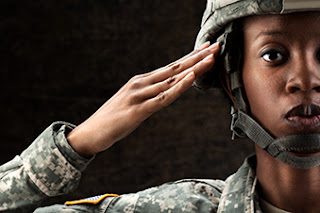Kim Taylor is one of the highest-ranking women in Chicago finance, a realm so monopolized by men that a female face in the C-suite still stands out. When she fields what she calls the ultimate chick question—”How did you succeed in a male-dominated industry?”—the CME Group president points to the women who came before her. Catherine Munn headed the Chicago Mercantile Exchange's clearing operation in the mid-1980s, and Kate Meyer, a former trader, became the first president of the clearing house in the mid-1990s.
At a time when many corners of finance have been criticized for lack of progress in recruiting and promoting women, the futures industry has been a surprising bright spot. Today, six of CME's 16senior leaders are women—a bigger share than the quarter at most Fortune 500 companies. The goal, says CME CEO Phupinder Gill, is to hire “a diverse group of people to serve our diverse group of customers.” Read the story in Crains.


